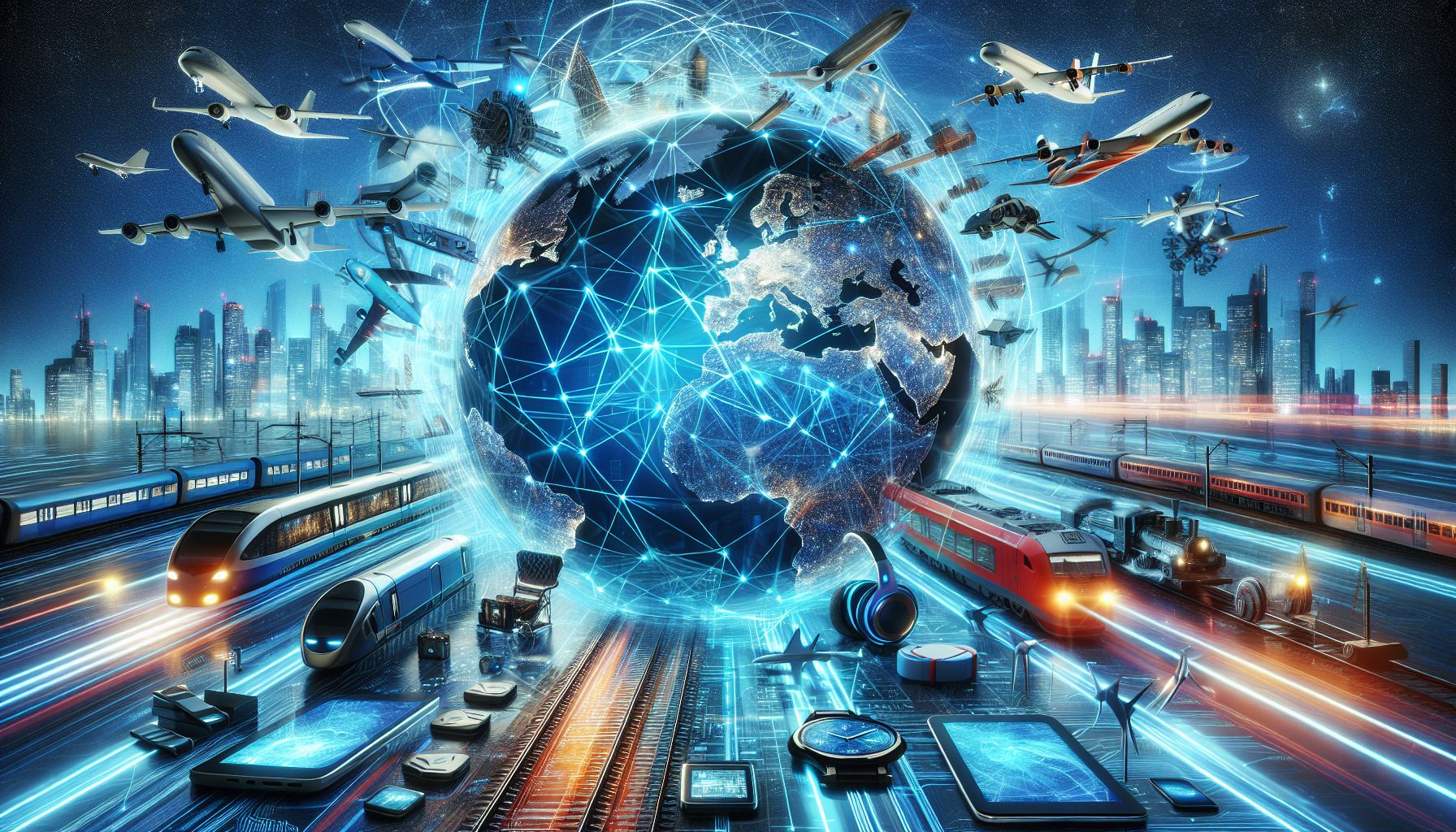From GPS location-sharing apps that point you to the closest superb Thai restaurant to wearable tech that buzzingly reminds you to hydrate on your Saharan excursion, the travel landscape has been dramatically reshaped by technology. Yet, while the immediacy of accessible information and real-time connections has indisputably enhanced our gallivanting experiences, we are only at the precipice of a future where technology and travel will intersect in unimaginably innovative ways.
 Navigating our complex world has been made astoundingly simplified by technology. Decades ago, intrepid explorers relied on compasses, annotated maps, and friendly locals to traverse unknown territories. Now, our smartphones double as geographical omniscient devices, dictating turn-by-turn directions to locations previously undiscovered. Apps like Google Maps and Waze have democratized access to destinations around the world, delivering intuitive guides through metropolitan labyrinths and untrodded trails alike.
Navigating our complex world has been made astoundingly simplified by technology. Decades ago, intrepid explorers relied on compasses, annotated maps, and friendly locals to traverse unknown territories. Now, our smartphones double as geographical omniscient devices, dictating turn-by-turn directions to locations previously undiscovered. Apps like Google Maps and Waze have democratized access to destinations around the world, delivering intuitive guides through metropolitan labyrinths and untrodded trails alike.
Moreover, technology has opened up the doors to cultural exchange on an unprecedented scale. Language, once a formidable barrier isolating countries and cultures, can now be conquered with apps like Duolingo or Google Translate readily available in our pockets. We are witnessing a technologically propelled proliferation of cultural experiences where travelers can instantly understand Japanese signage or converse comfortably with Italian villagers, deepening connections with locals and enhancing the travel experience.
A notable aspect of technological input into our travel lives circles around the realm of planning and logistics. Travel apps like TripIt and Kayak streamline the vacation-planning process, bundling flights, accommodations, and car rentals into digestible itineraries accessible from our devices. These digital advancements have no doubt answered the perennial question faced by travelers worldwide: How could we make traveling more efficient?
Yet, as we look forward, we can only speculate about the ensuing intersections of technology and travel. Will AI-generated recommendations be the future personal travel agents, understanding our preferences so deeply and curating hyper-personalized experiences? Could augmented reality transform historical sightseeing, bringing ancients ruins to life before our eyes? The only certainty in this sphere is that technology’s significance in our future travel experiences is undisputed.
By stepping back and contemplating the technological leaps we have made and are making, it is evident that the future of travel is far more than just reaching geographic locations. It is about expanded intercultural connections, personalized experiences, and smooth planning. Ultimately, as technology continues to evolve, so too will our ability to interact with both the intimate and broad aspects of the world around us.
Brave New Worlds: Navigating the Future of Travel and Technology stands as a testament to our ever-advancing, technologically propelled world. It’s an invitation to reflect, engage, and anticipate the directions in which we, as global citizens and travelers, are moving. In this rapidly shifting travel landscape, we are not just observers. We are the pioneers, the adventurers, the pilots and passengers of a voyage that resolutely charts towards unexplored frontiers. On this journey, the only constant is change, and there’s no doubt that the transformations technology brings will mold our travel experiences in ways we never before imagined.


